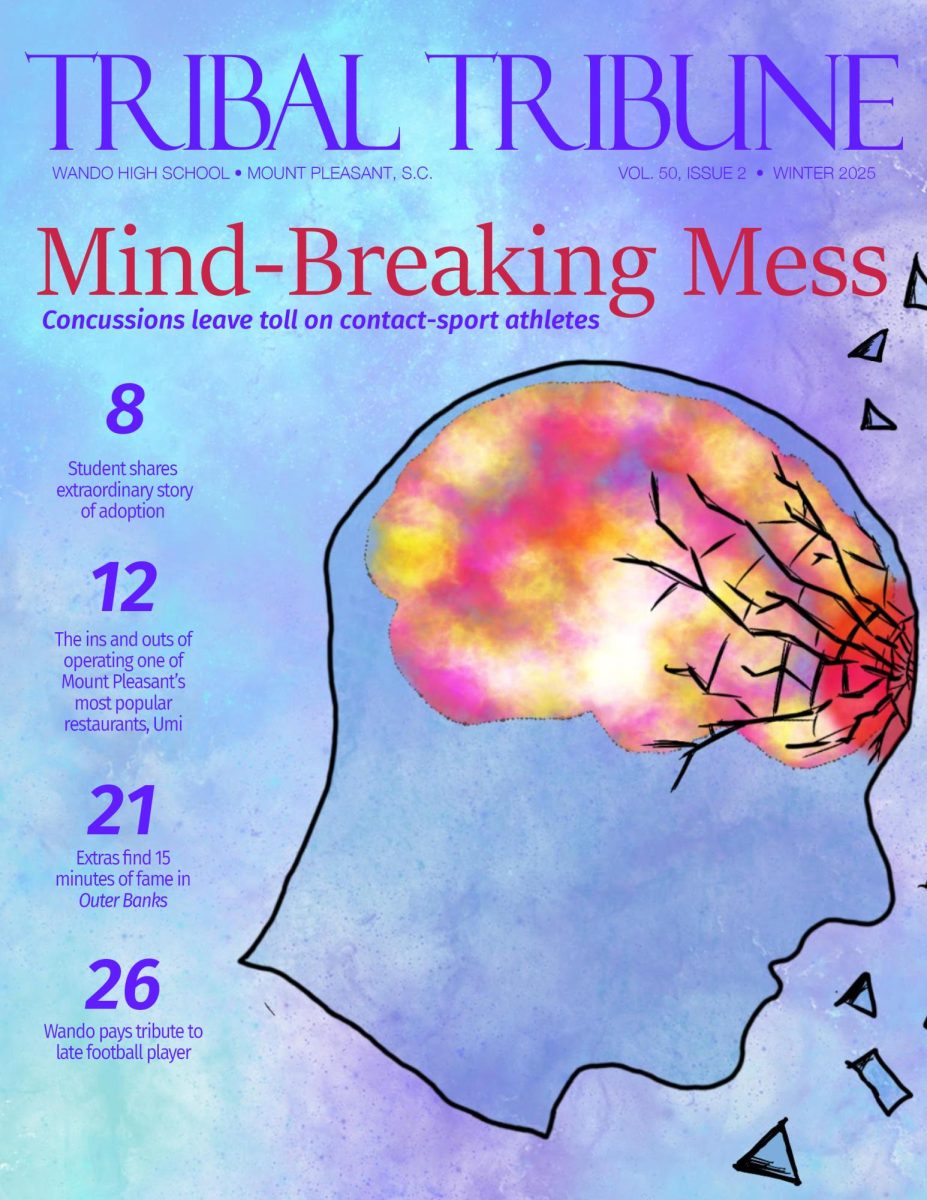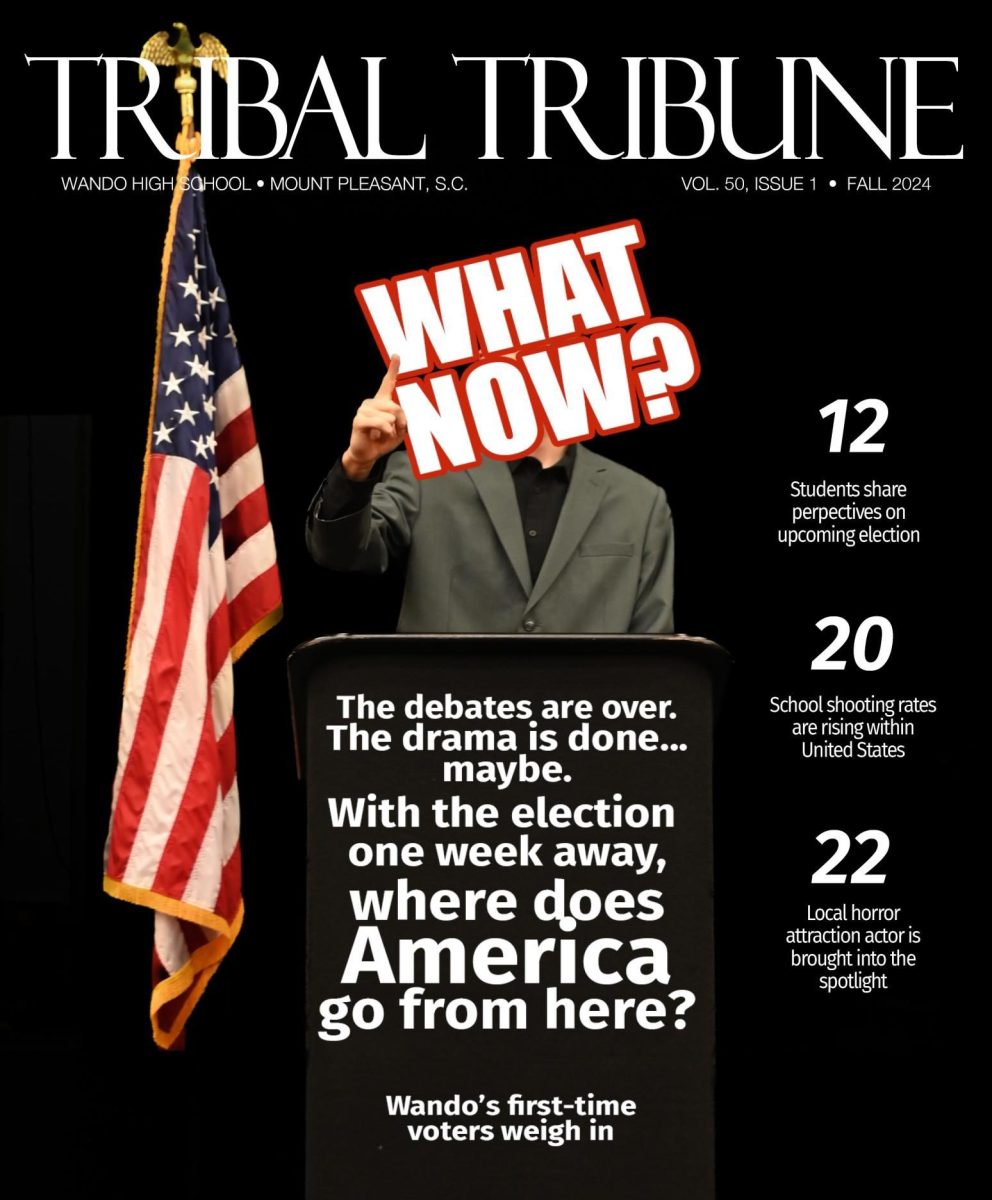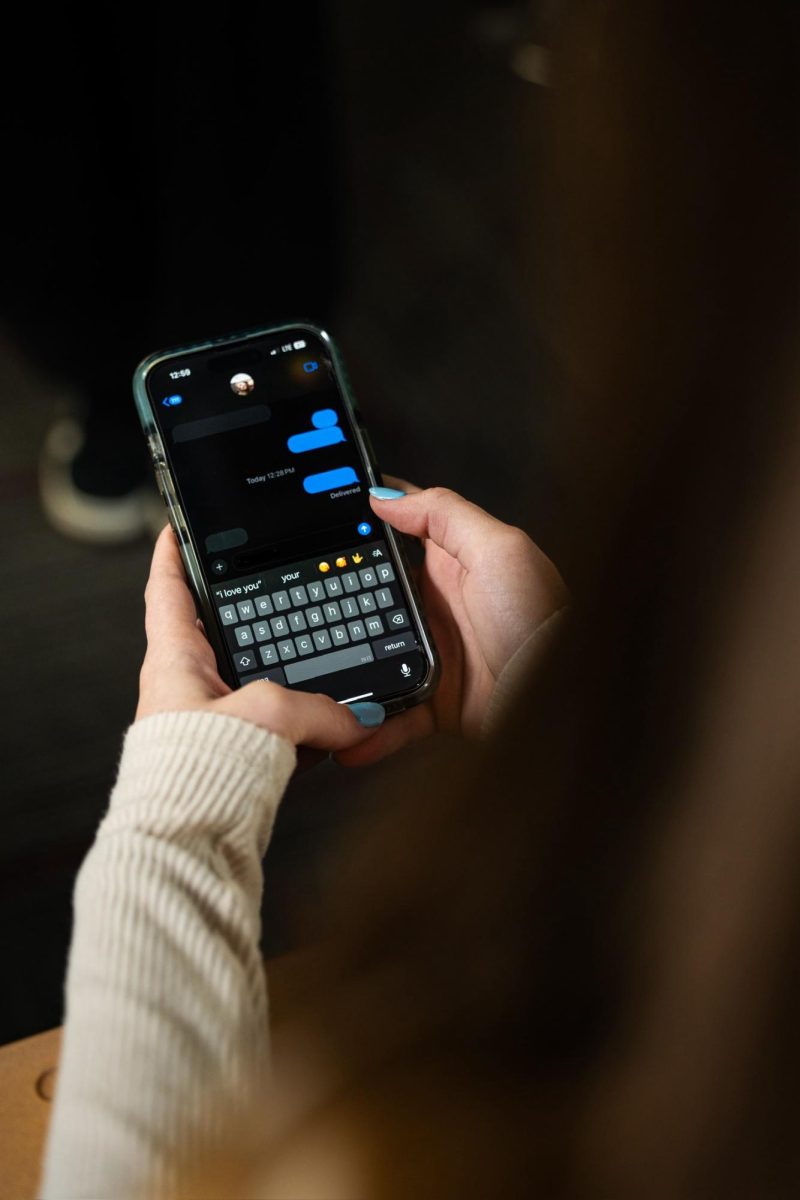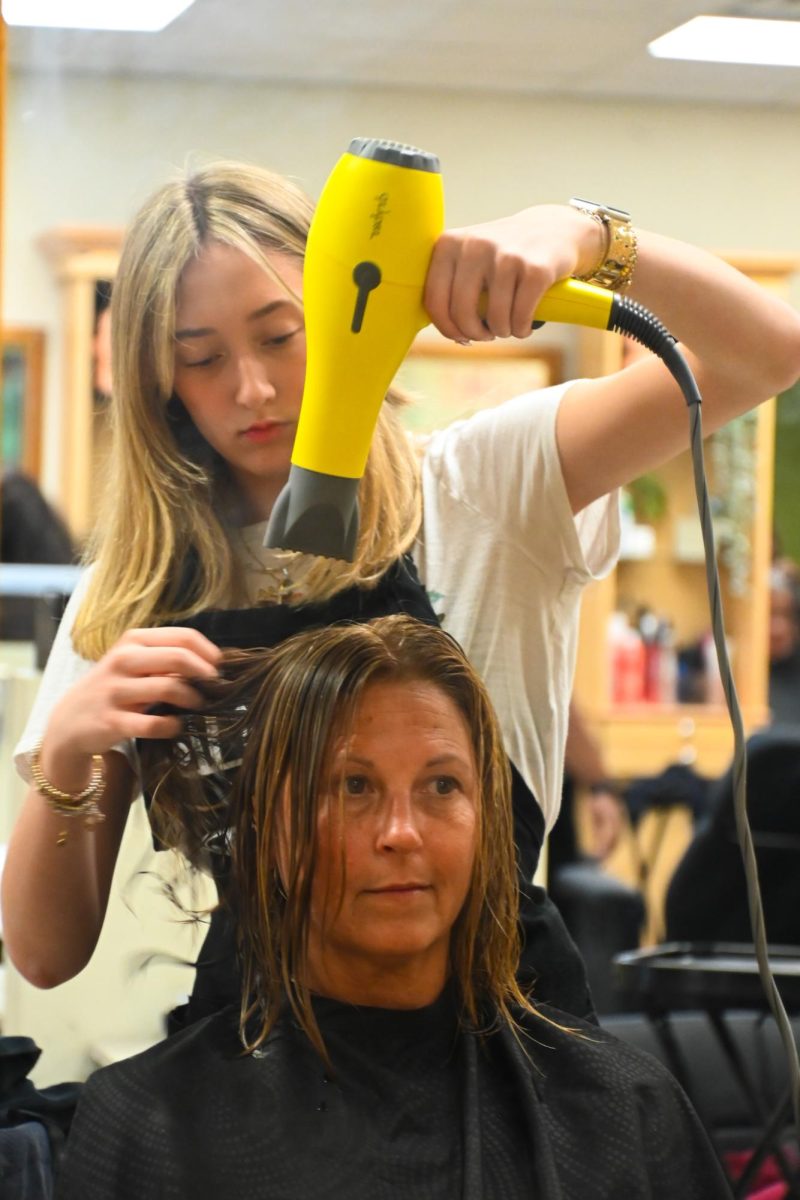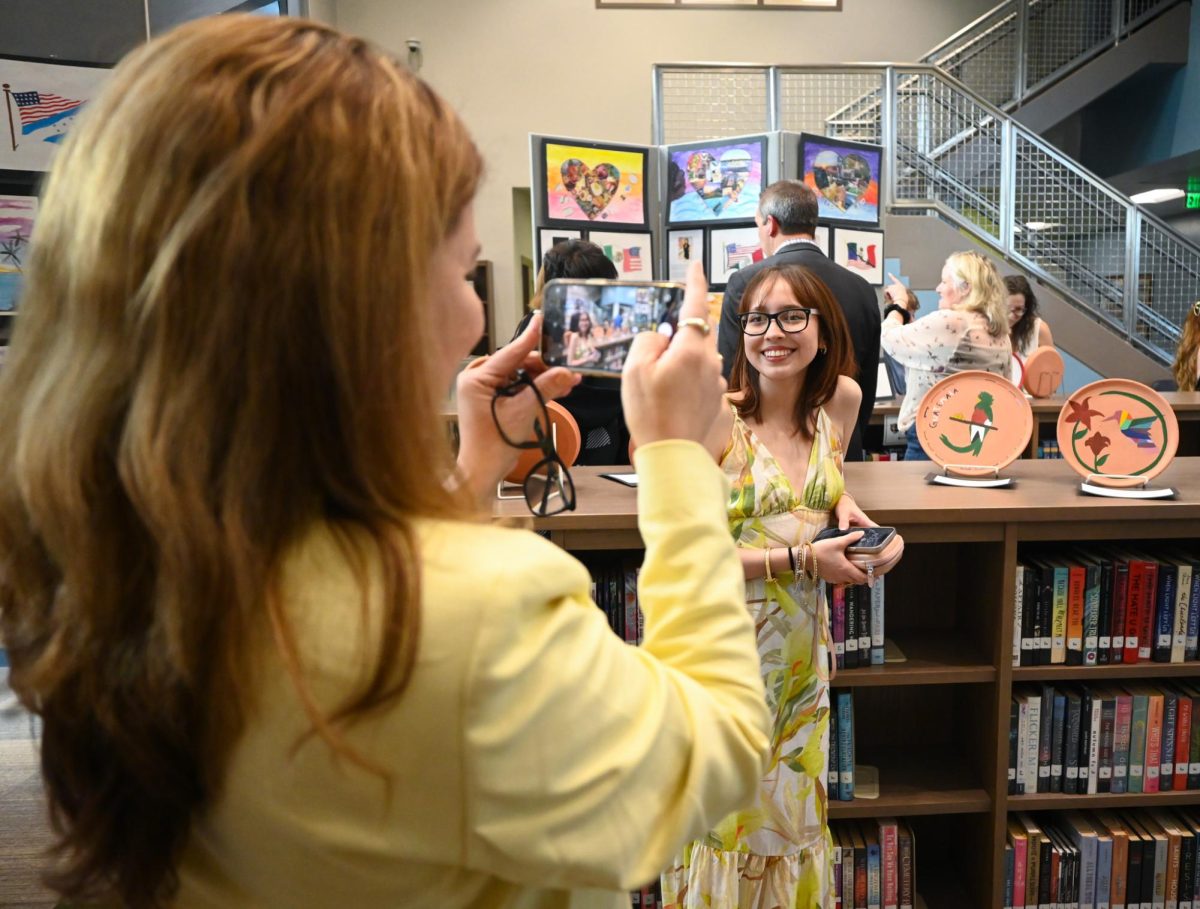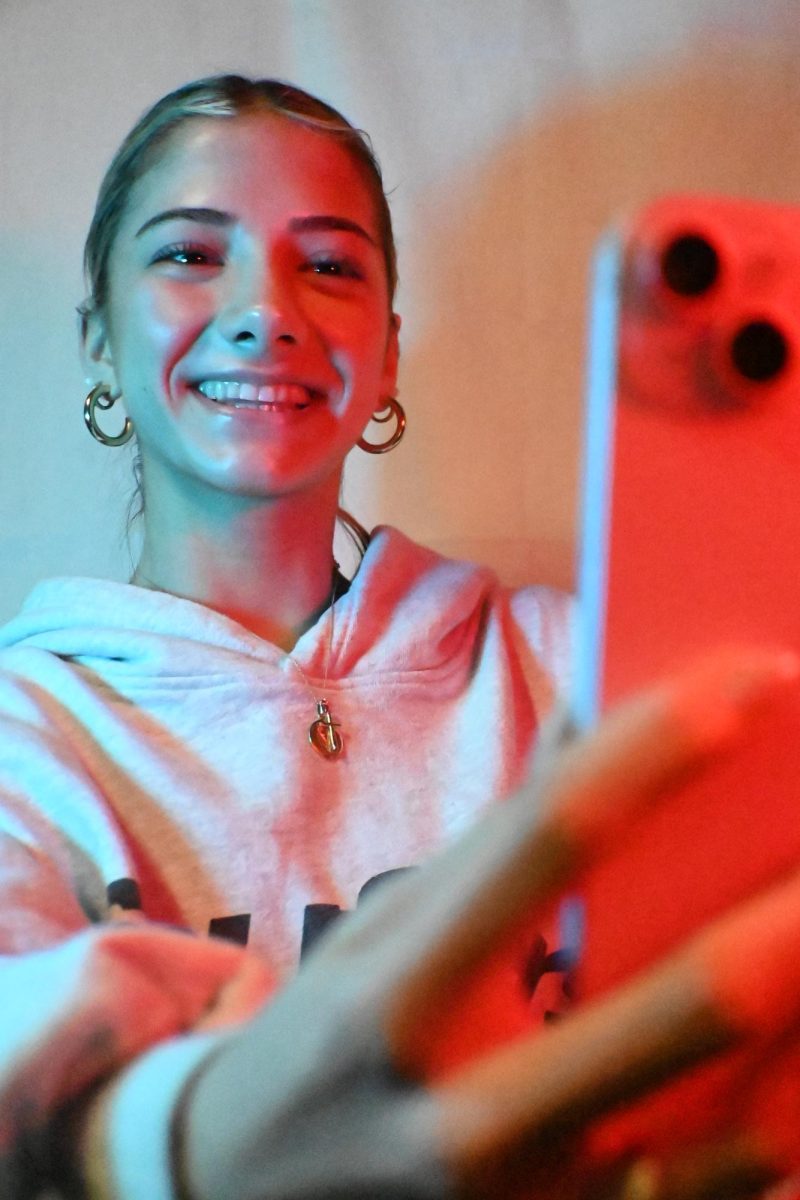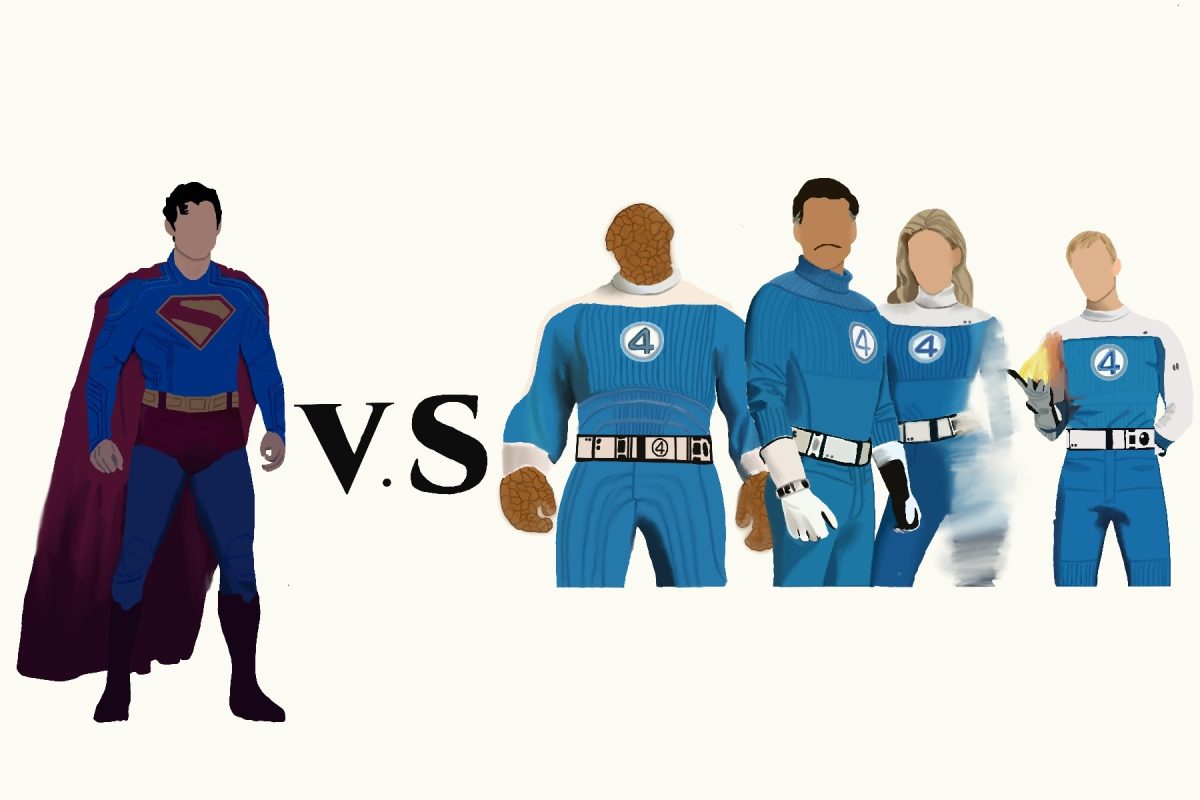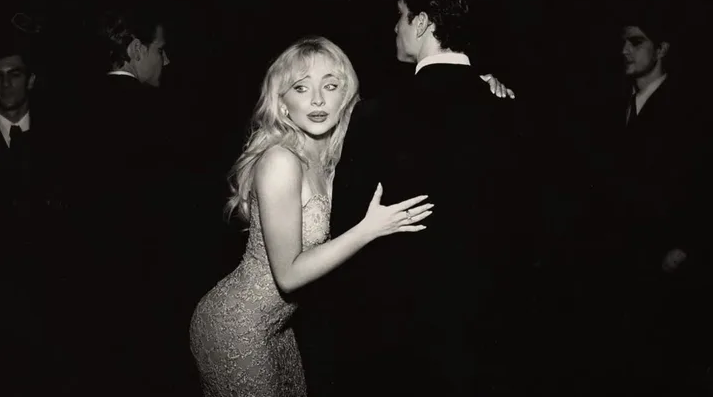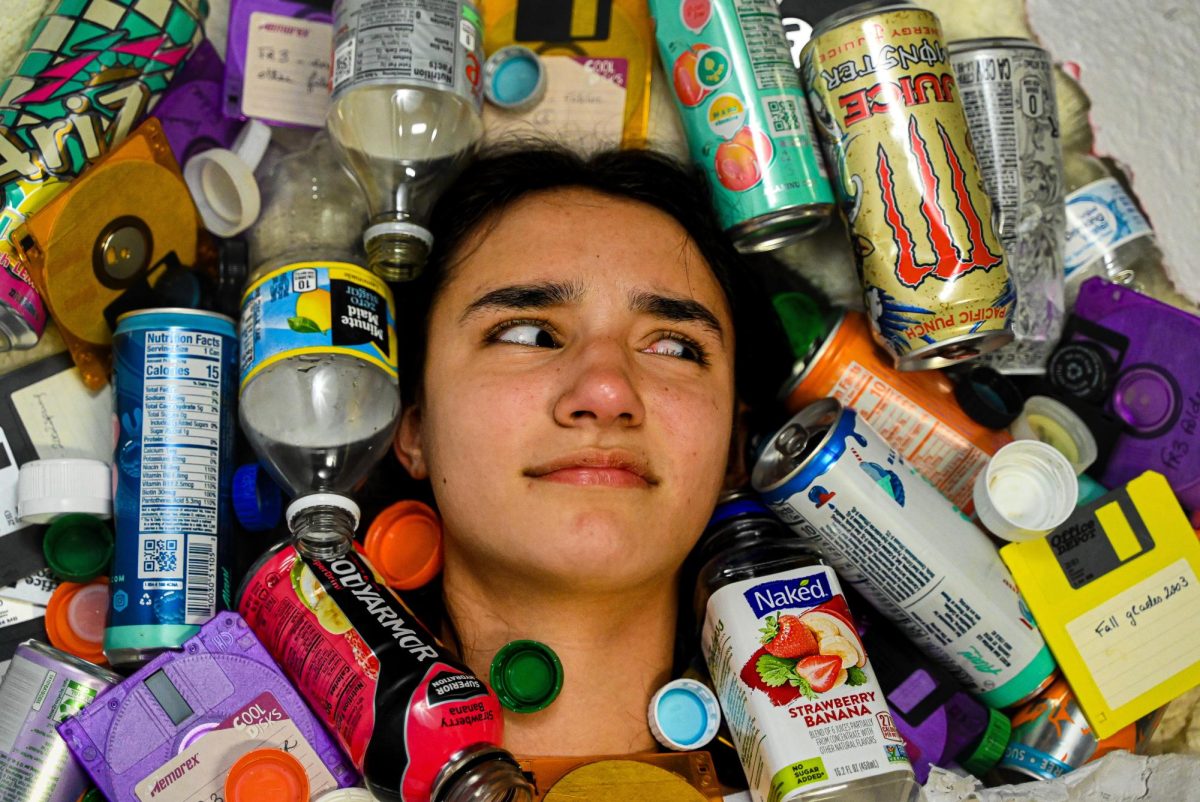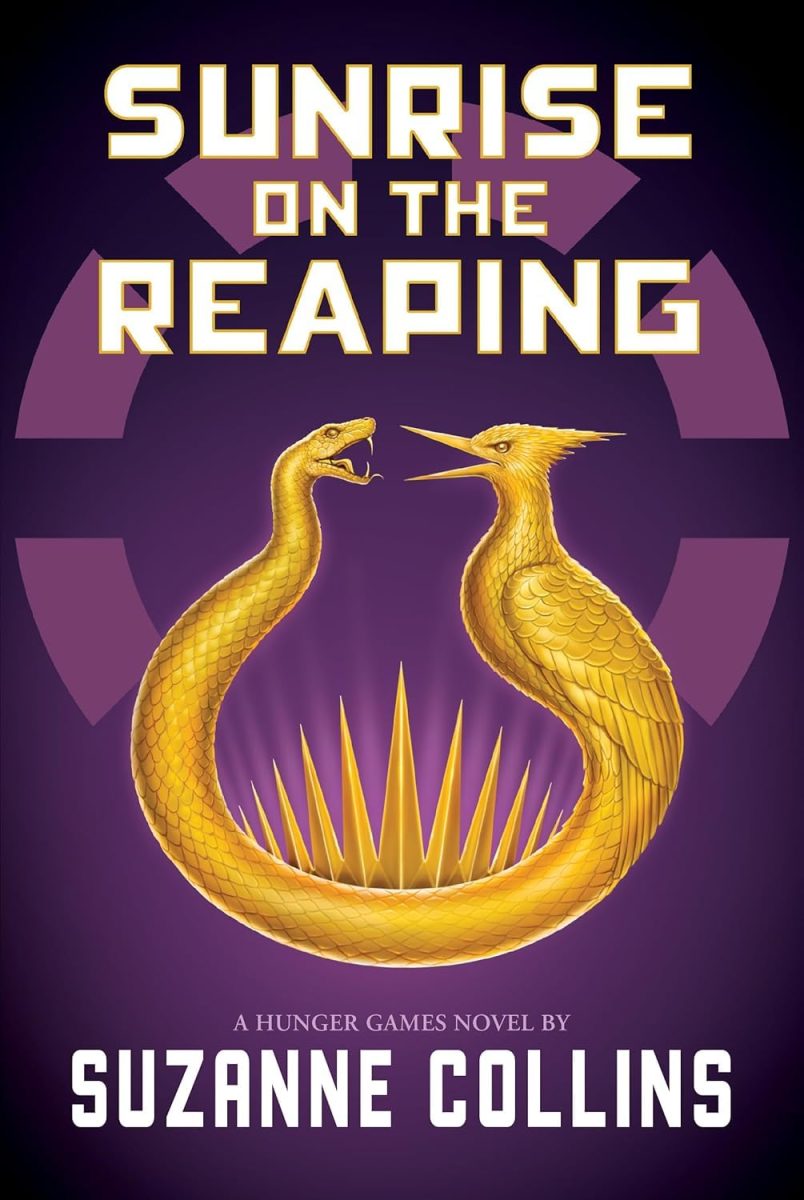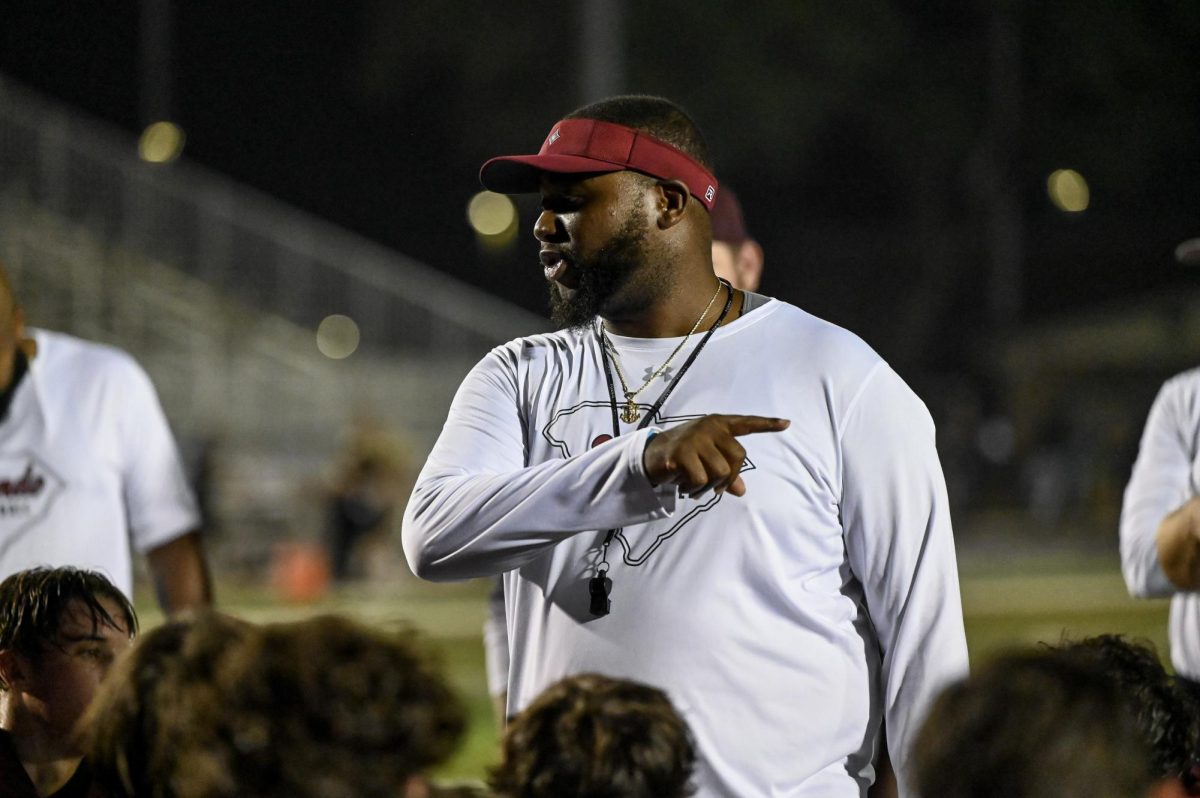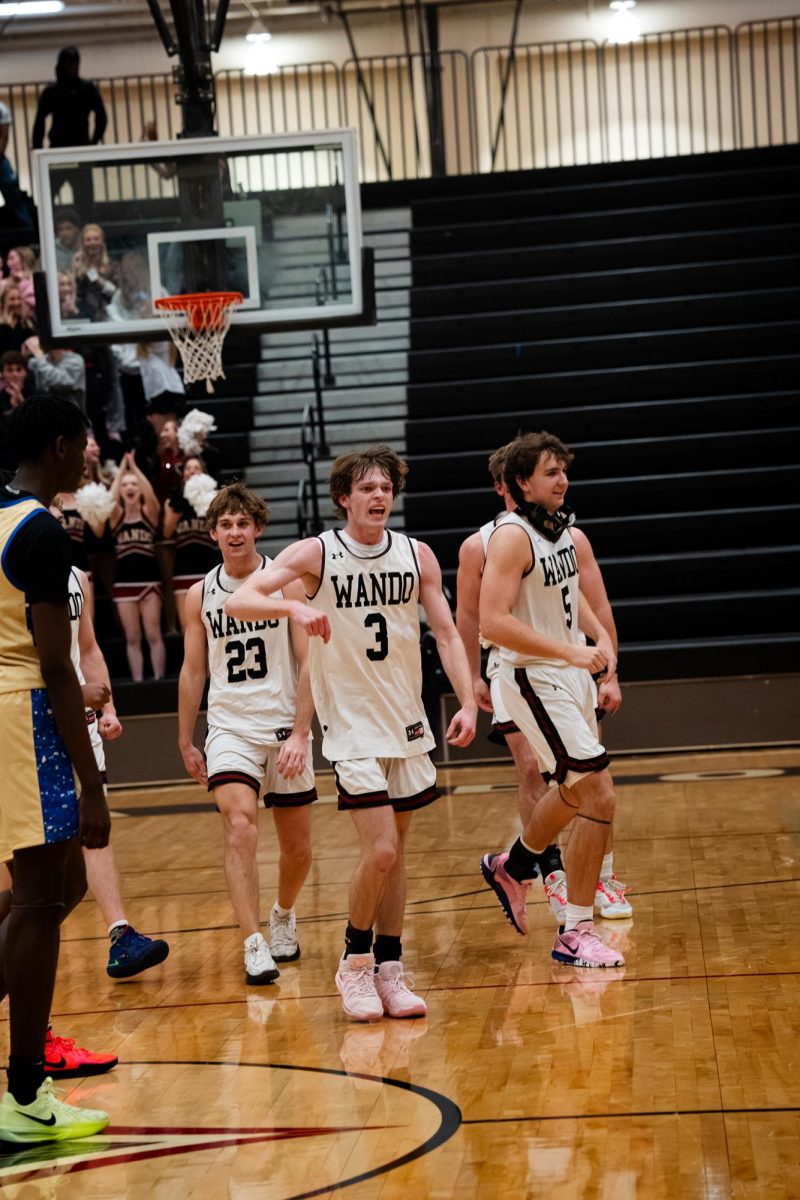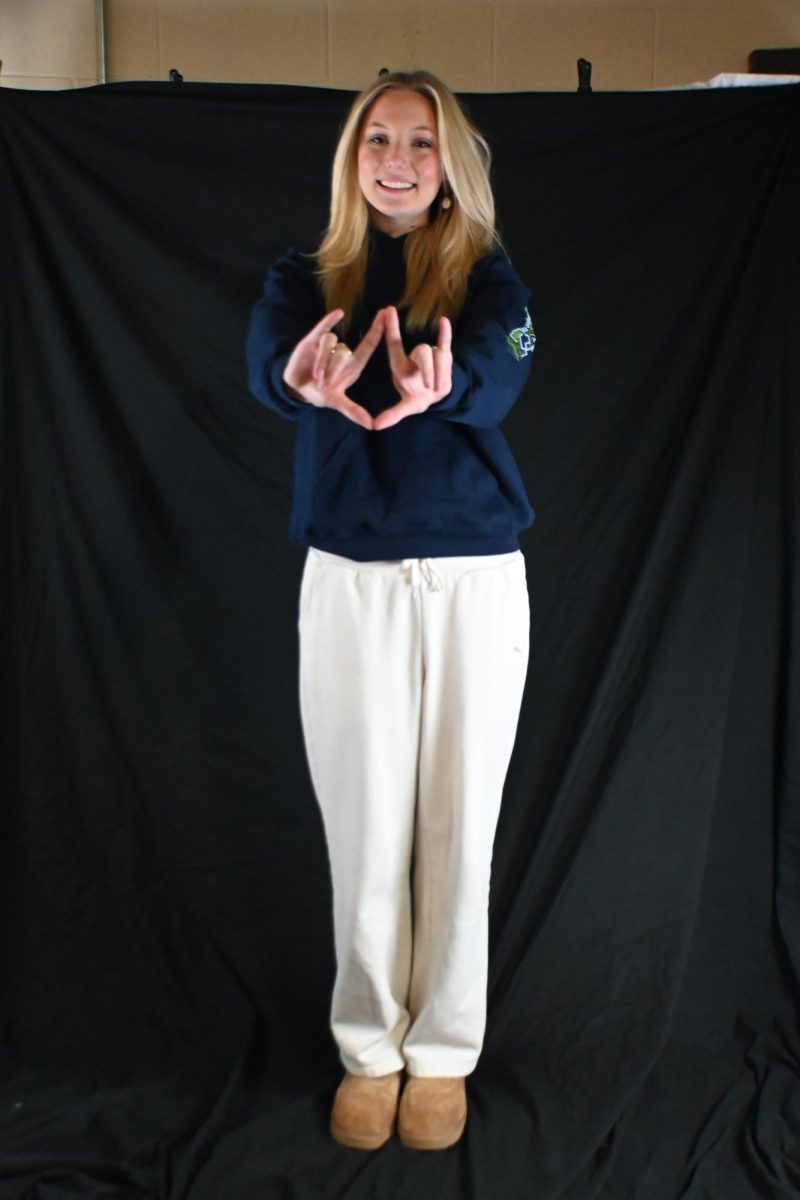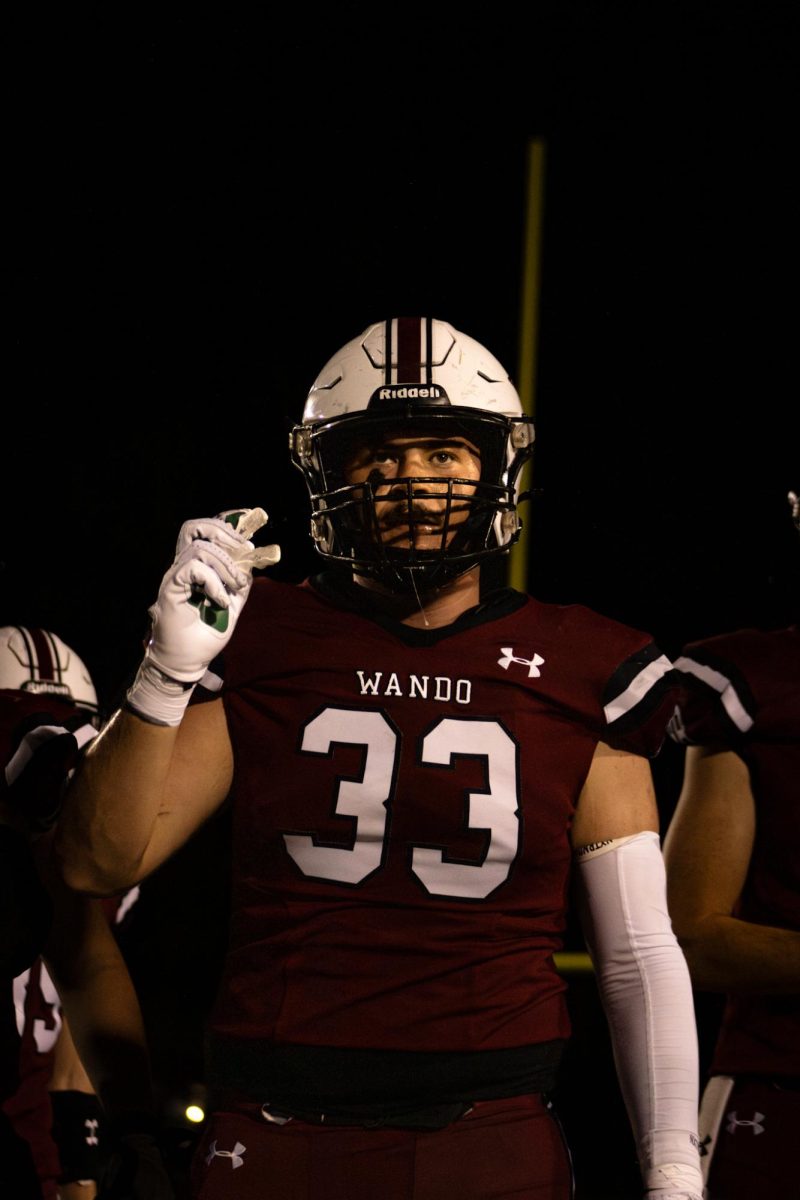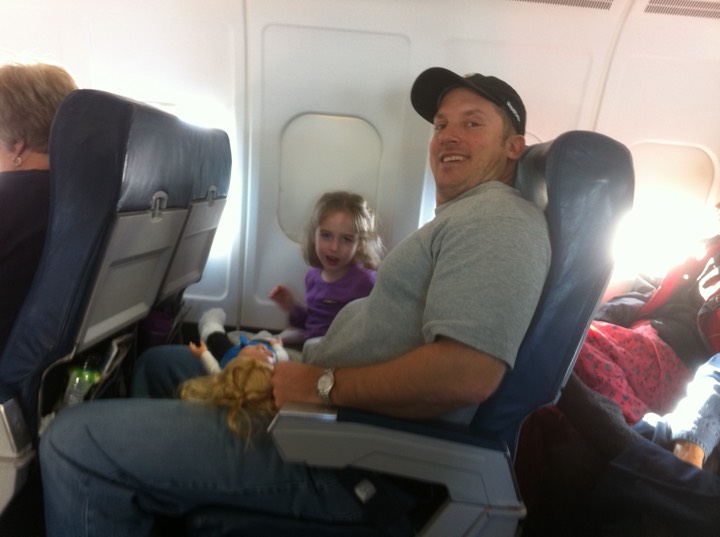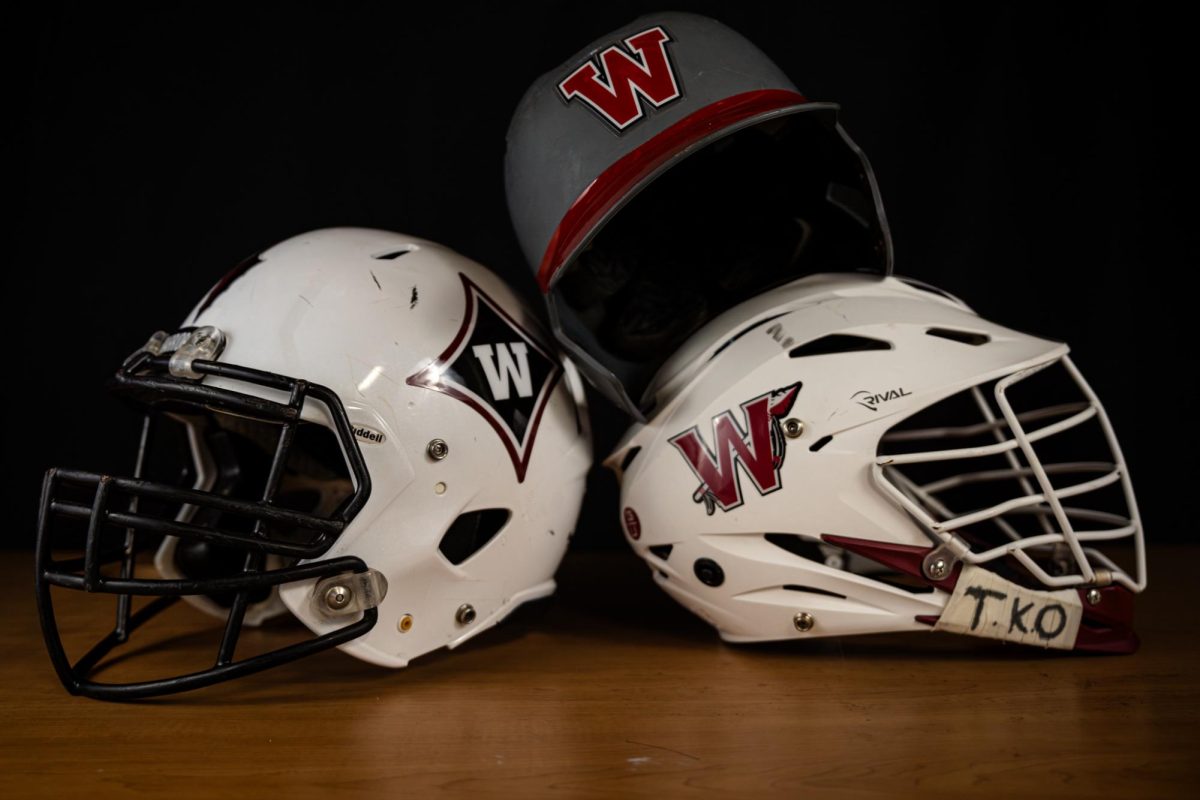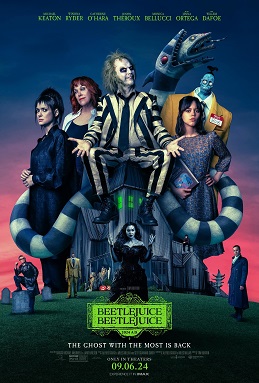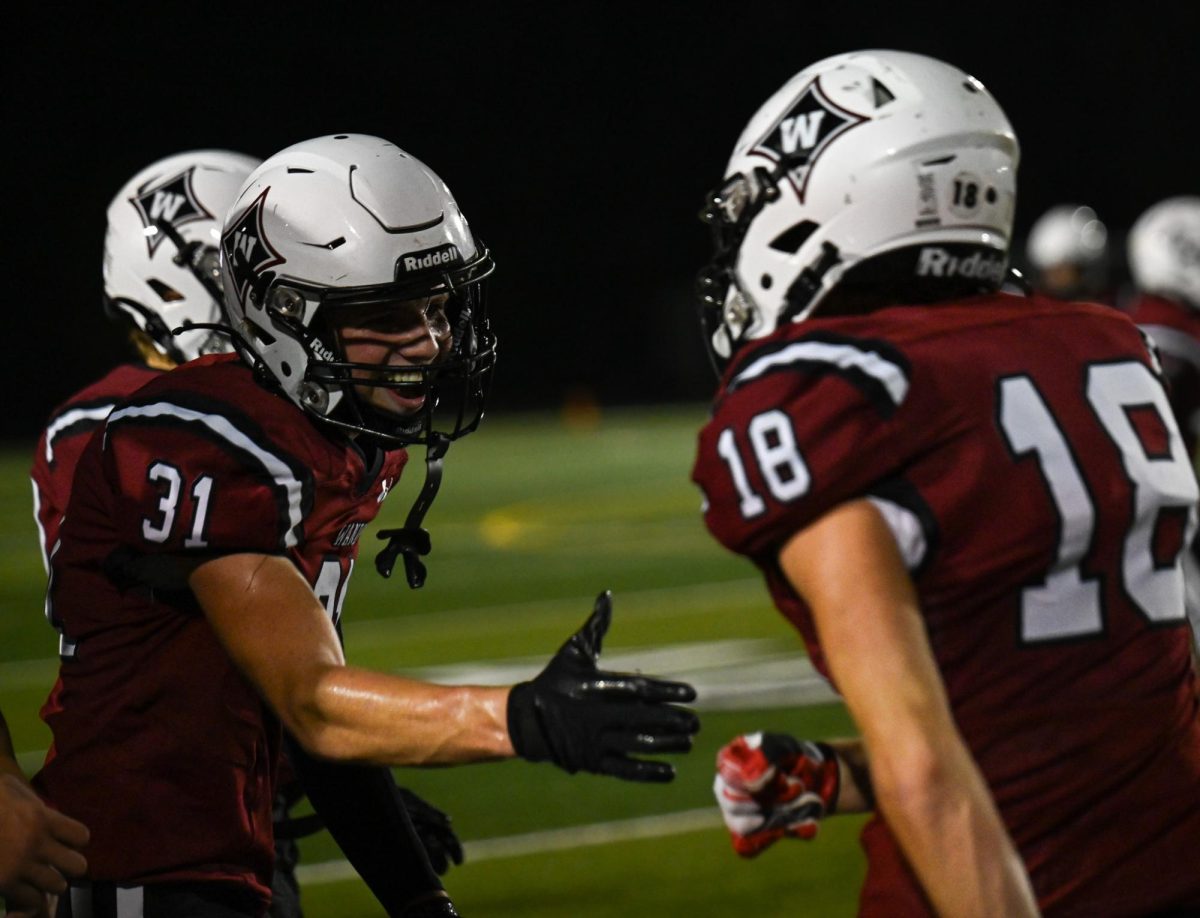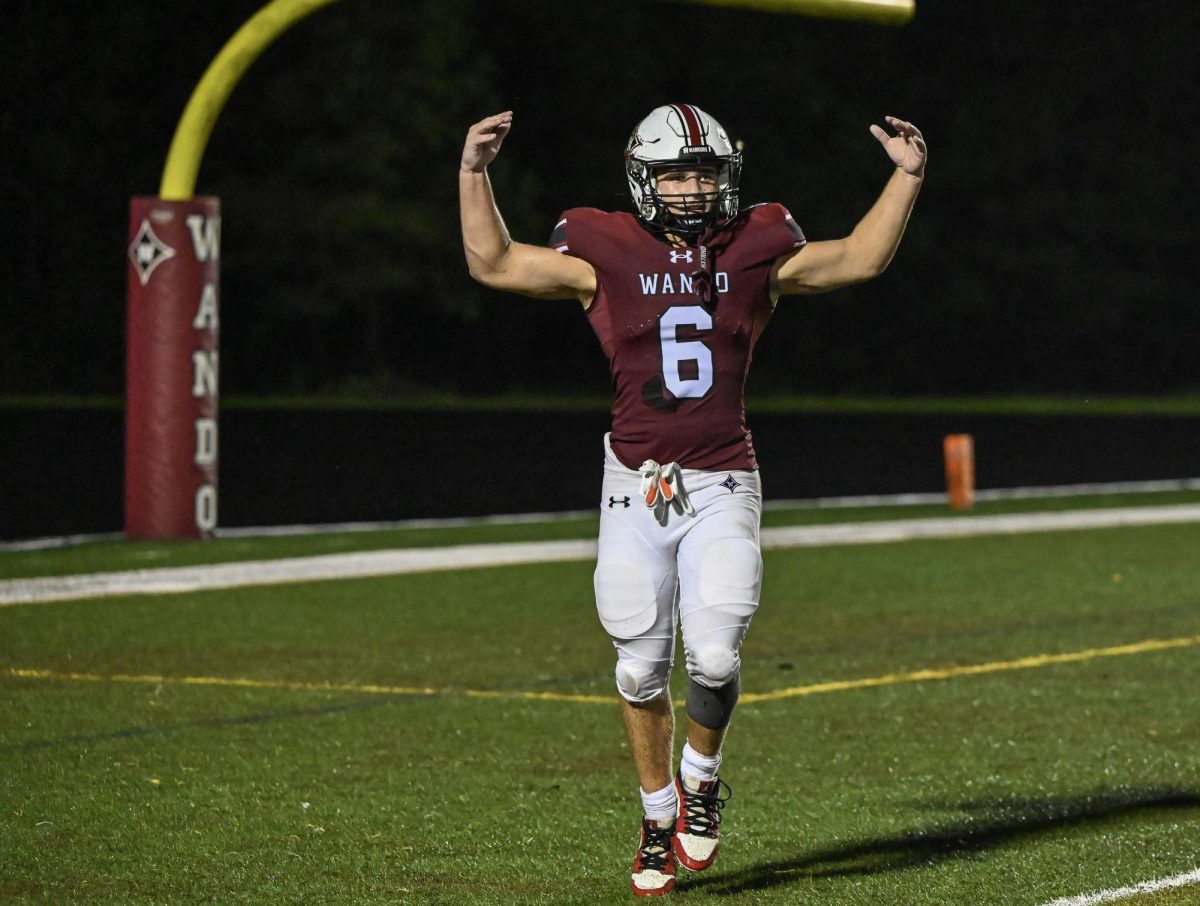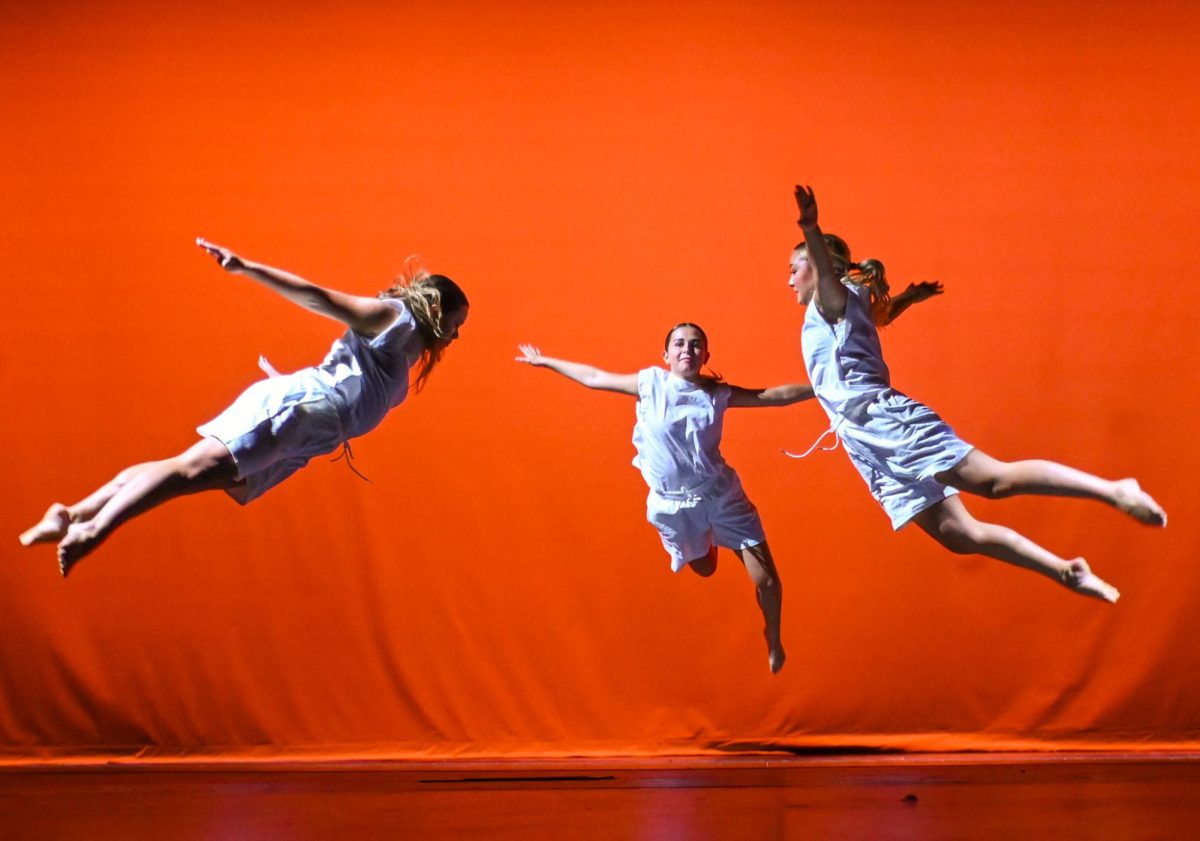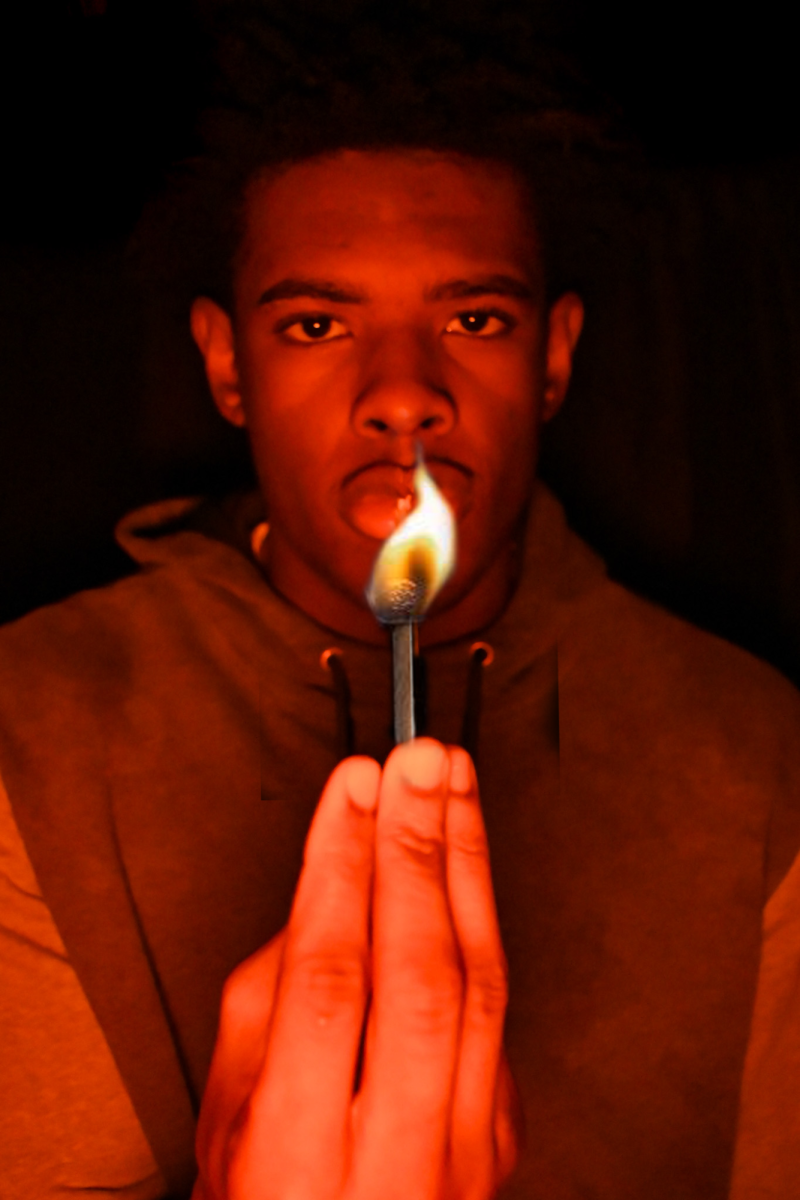The live indicator – a piercing red tally light – flashes on. She is the one running the show today. There is no room for mistakes.
Senior Taylor Guenst is a reporter for the East Cooper Student News (ECSN), the broadcast news program at the East Cooper Center for Advanced Studies, but her broadcast journalism experience did not start there.
“[I went] into journalism in middle school, I did my middle school’s new show… then in [my] high school freshman year I saw… the serious one, and I was like, I wanna do that,” Guenst said. “So I ended up taking the class [as a] junior… and I’ve been in it ever since.”
Her interest in the subject came from a young age.
“I wanted to be on TV… ever since I was a kid… I just wanted to be up there, I wanted to be an actor, and… I wanted to be like a weather reporter, and then I want[ed] to be a news photographer. I just always wanted to do something with TV,” Guenst said.
In step with her childhood dreams, Guenst committed to the University of South Carolina for Broadcast journalism.
“I [applied to] South Carolina for its broadcast… program… I think it’s number five in the country for broadcast journalism and it’s also not a major that’s offered at many schools and the fact that it’s… in state is also so great,” Guenst said.
ECSN broadcast adviser Justin Fabiano works to make sure students like Guenst can be ready to broadcast at the next level, which, in some ways, makes the program difficult.
“We do the individual pieces and we assemble [them] here, but now we assemble it linearly, so if the show is 18 minutes long, it takes 18 minutes to tape,” Fabiano said. “That is the big evolution that came last year when… the district gave us an investment and they installed all this stuff.”
This more intense take on broadcast journalism is very rare for high school programs, because of its price point and the pressure it puts on students. ECSN is one of a few exceptions within the state.
“That’s a huge evolution because it requires… the anchor not to mess up, the teleprompter to stay straight, the floor director… has to have their headset on and they’re counting out live, the director has to be on [point], everyone’s got to be on time,” Fabino said. “If they’re not, the chain falls apart and the wheels fall off the car and it quits moving.”
Students rotate as the anchor, and Guenst got the chance to lead the show earlier in the school year. While fun, the role carries weight.
“[When you’re the anchor] definitely like waiting… [it] takes a little bit for everyone to get everything set up in the control room so there is definitely an adrenaline rush,” Guenst said. “You get breaks in between [talking] because when the stories are playing your mic is off so you can get a breather and then you just, like, get back into it.”
The rigor and realism of this method has a purpose.
“By having the gear and then really being able to see and do and use, you know, the kids can draw those connections and it’s… a learning curve,” Fabiano said. “The studio production aspect of what we’re able to do 100% sets you up for a job in our industry, whether you want to do live streaming like you want to cover events like the Emmys, Grammys, [or a] football game [to] big TV trucks, it’s the same thing just on wheels.”
The lessons that Fabiano gives to his students also focus on preparing students for broadcast journalism at the college level.
“The editing is gonna be a big [help because] I know that he also made in broadcast at USC and… the stuff that he teaches us is stuff that he learned in college so I think the editing skills [he teaches] will definitely be good [in college],” Guenst said. “Everything to do with… the camera and… tech stuff cause we have… a really good set up and the cameras we use are really good so I think knowing how to use all of that would definitely help me in college.”
Not all ECSN students graduate into Broadcast Journalism programs, but regardless of their focus, Fabiano has a lesson for all of them.
“The big thing, I always tell the kids, if you take care of each other and you take care of the product, the grade takes care of itself,” Fabiano said. “Hopefully, even though this is a class, whether they major in it or not college, hopefully they feel like they were involved in something, and that this was a little bit more than just a class for them… and it gave them a place to belong in high school.”



